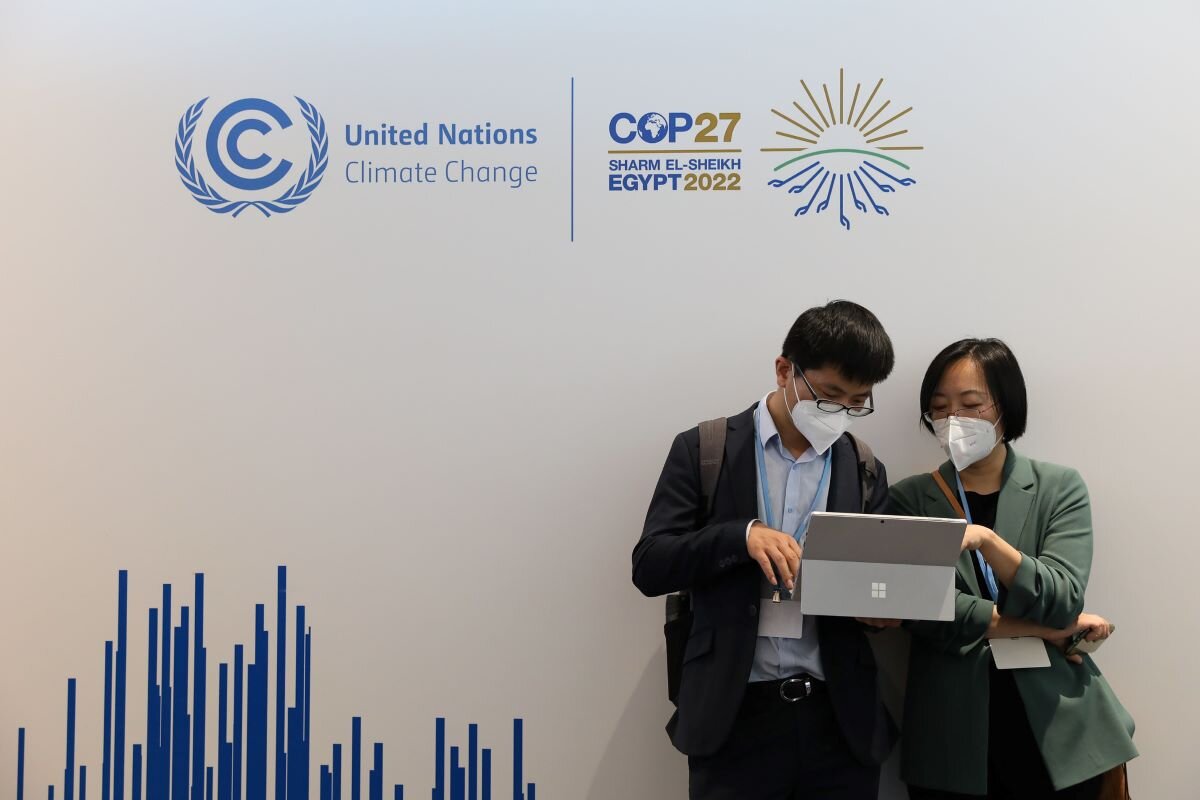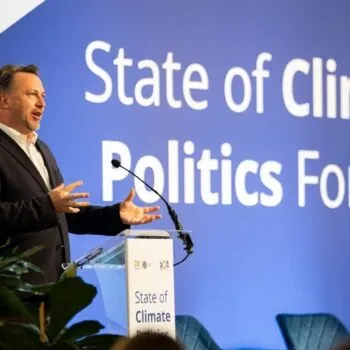After two-and-bit weeks of negotiations, the outcome of COP27 includes some firm steps forward on climate action. A historic loss and damage fund for responding to escalating climate impacts, renewable energy singled out as the route to addressing the energy crisis, and strong calls to reform international finance institutions to unlock more finance and fiscal space for climate action – along the lines of Barbadian PM Mottley’s Bridgetown Initiative – demonstrate climate collaboration in the face of turbulent geopolitics.
However there was little assurance of the acceleration needed to keep temperature rise below 1.5C. Tensions over ending the use of fossil fuels rose to the surface at COP27 but have been left for future years to fully address.
First big step for loss and damage
Climate impacts were the central thread of COP27. Remarkable diplomatic efforts led to a historic step forward: for the first time, a loss and damage fund and financial arrangements were established. The outcome also highlights the crucial role of MDBs and debt service suspension clauses, which will be key to ensuring new, additional, predictable and adequate finance for loss and damage. The contest is not over: details on who will contribute to the fund or the accessibility of financial arrangements will have to be negotiated in upcoming years. But we can finally say loss and damage has earned recognition – and that deserves to be celebrated.
Financial system reform
Building on the mood of the G20 and momentum around the Bridgetown Initiative, the world recognised the need for financial system transformation to support the transition and resilience needs of developing countries. However there was little new money on the table. Global climate finance for 2019-20 was noted as currently only 31-32% of the annual investment needed, and Parties requested Multilateral Development Banks (MDBs) to action a substantial list of reforms. The role of the private sector in financial system reform was noted, along with the importance of private sector accountability for net zero pledges and delivery.
Standstill on fossil phase out
Despite a last-minute push from the High Ambition Coalition to strengthen the coal phase down text by expanding to all fossil fuels, the final agreement represents a disappointing standstill since COP26. The language on accelerating efforts on coal phase down and fossil subsidy phase out is a cut and paste of commitments in the Glasgow Climate Pact.
Renewable energy was positively mentioned, including the $4 trillion p.a. investment required by 2030 to reach net zero emissions by 2050. Overall, this represents an incremental advance on prior COP texts – renewable energy was last mentioned at COP21. Together with reference to just energy transition partnerships as a means to deliver deep and sustained GHG reductions, this signals the clear direction of travel towards clean energy in response to both the energy and climate crises. However there were missed opportunities to set targets for renewable energy or energy efficiency, state a peak demand target, encourage further demand-side measures or highlight energy access needs, particularly in Africa.
Missed opportunities for adaptation and agriculture
The science is clear – every fraction of a degree of warming will push current limits of adaptation. COP27, held in the most vulnerable continent to global warming, had the opportunity to raise political attention and push for action on adaptation. The request for a report on the commitment to double adaptation finance, with space for developing countries to respond to that report, is a welcome boost of confidence around meeting that goal – as well as significant contributions to the adaptation fund. However, the final deal does not reflect the urgency needed in supporting adaptation efforts worldwide, particularly the most vulnerable regions.
Despite food and agriculture moving up political agendas at COP27, Parties missed another important opportunity: to widen the UNFCCC mandate to cover food systems transformation in the Koronivia successor programme. Action across the entire food system, both supply and demand, is essential for emissions reductions at the pace and scale needed to keep the world on a 1.5C pathway. Against a backdrop of rising hunger and increasingly severe climate impacts, Parties must now use the agreed mandate – though limited – to keep food and agriculture firmly on the agenda at COP28.
What are the next steps for climate and energy? Watch E3G’s discussion here: COP27 is over – what happened, and what next?



